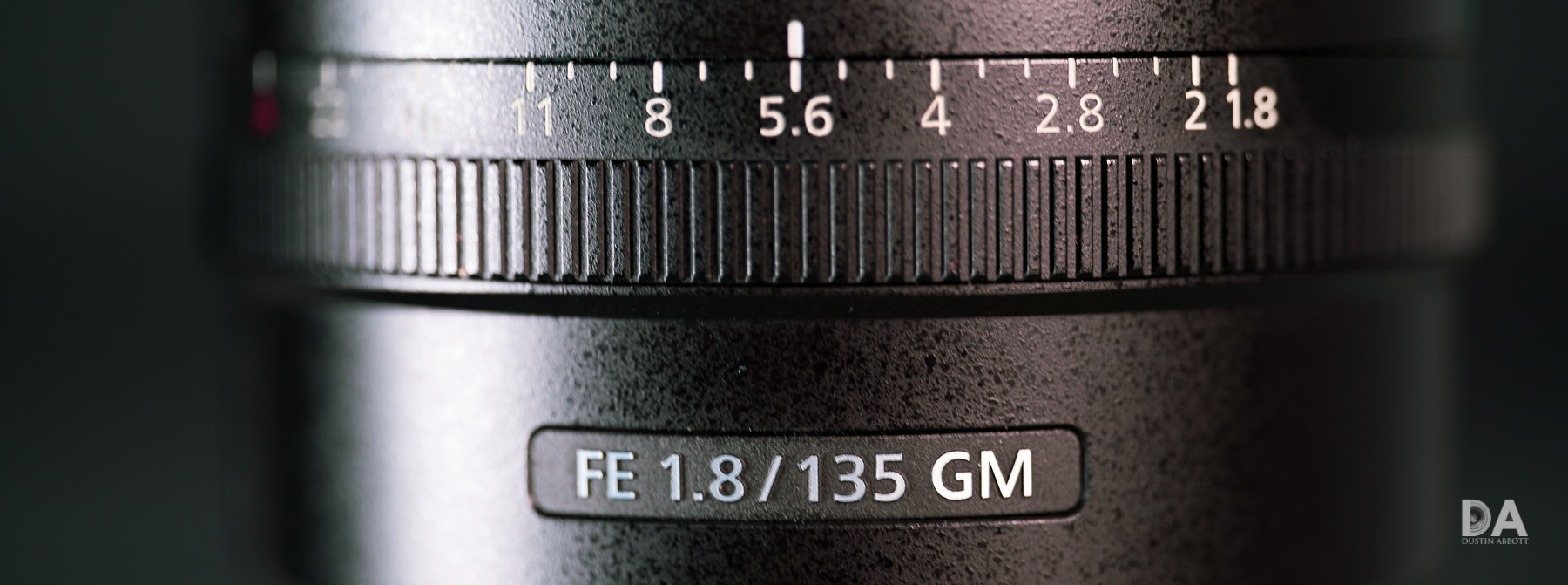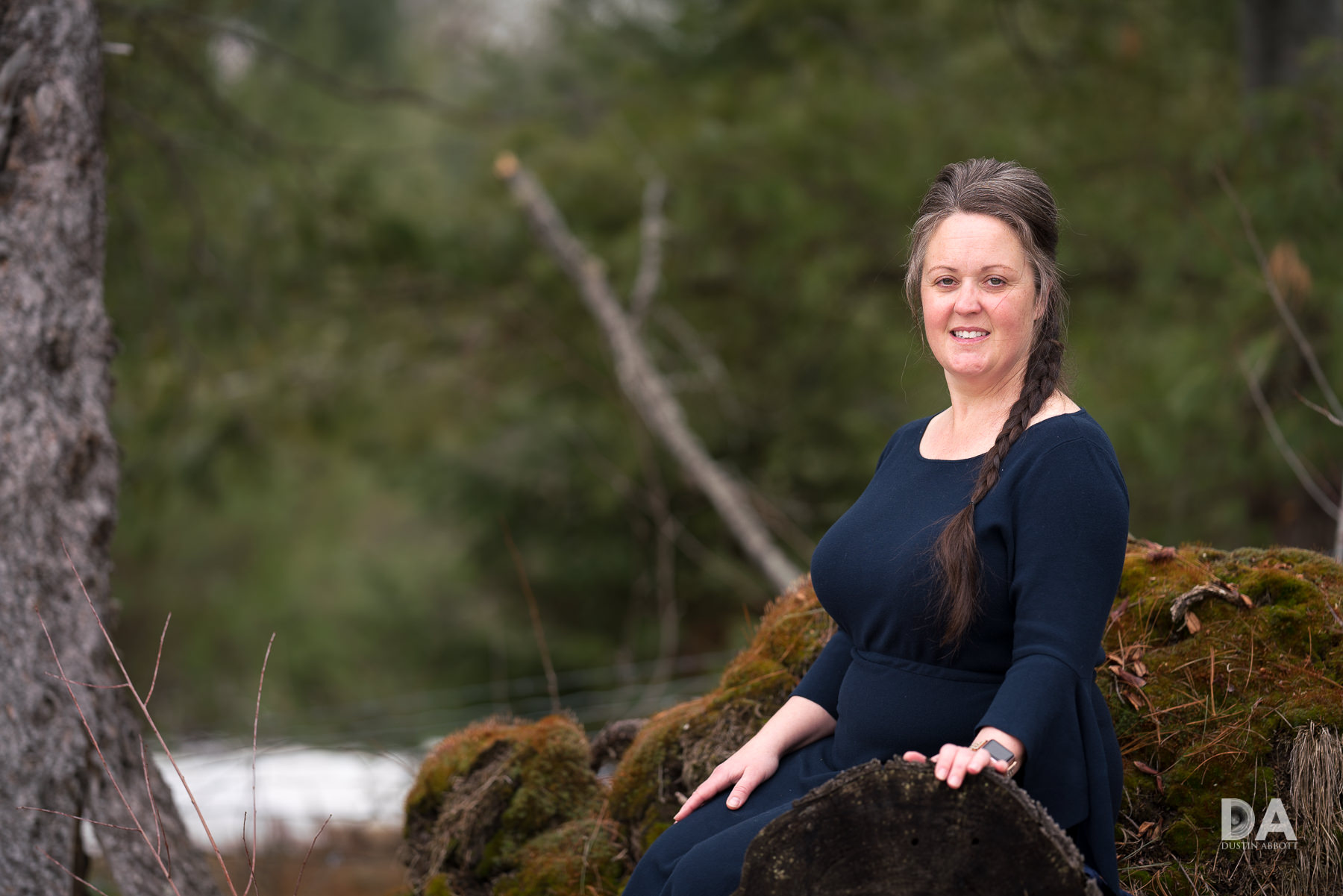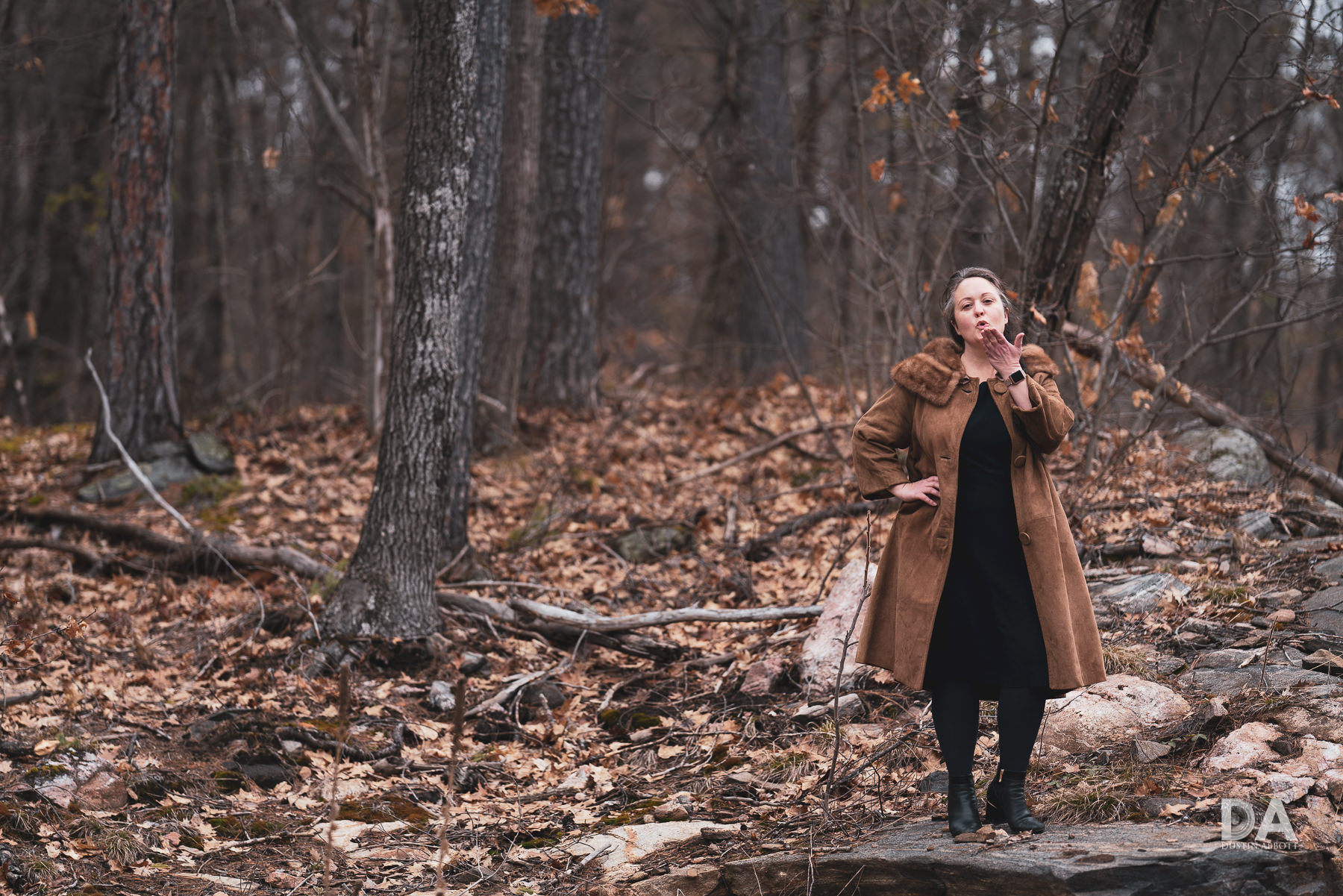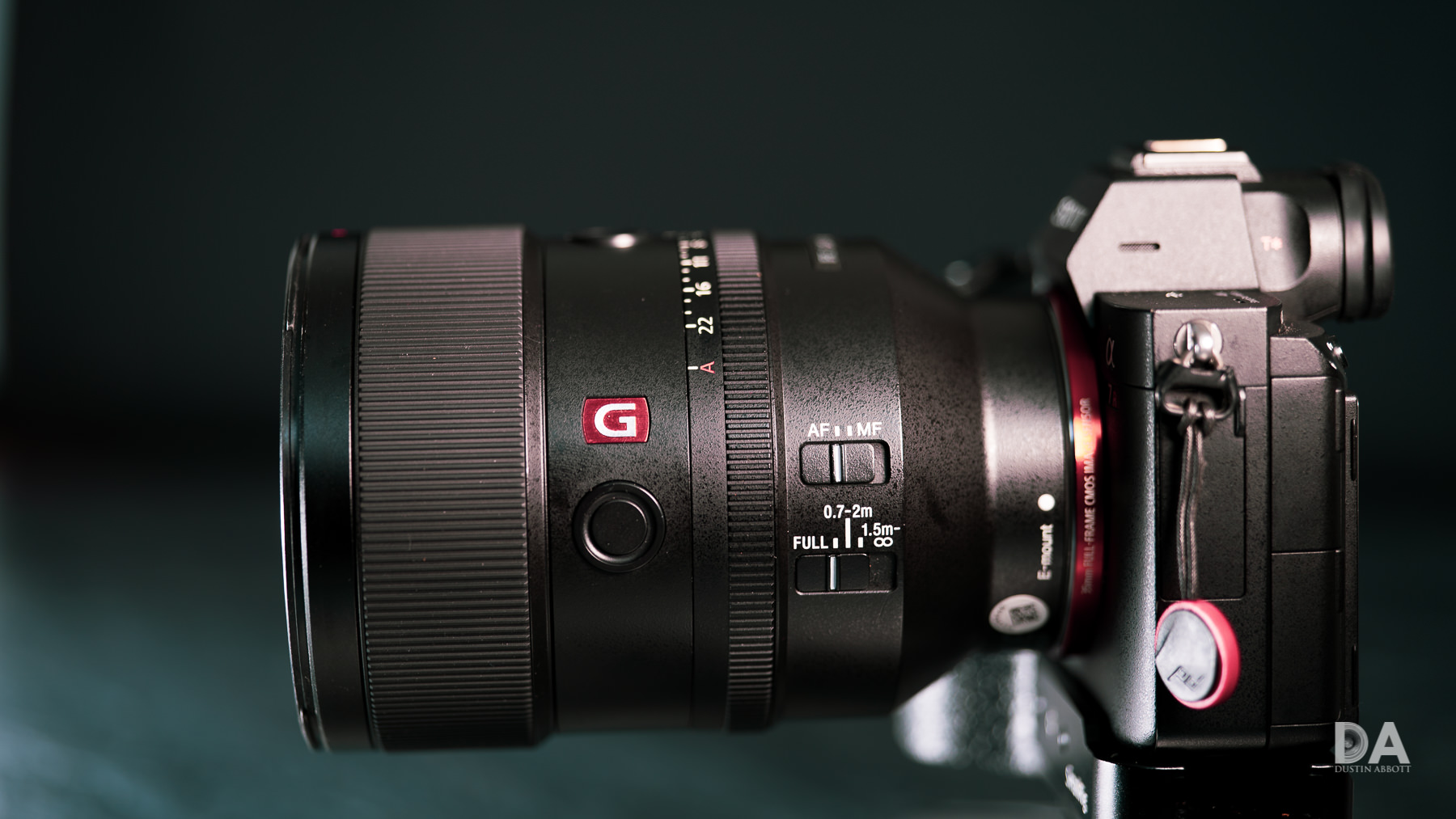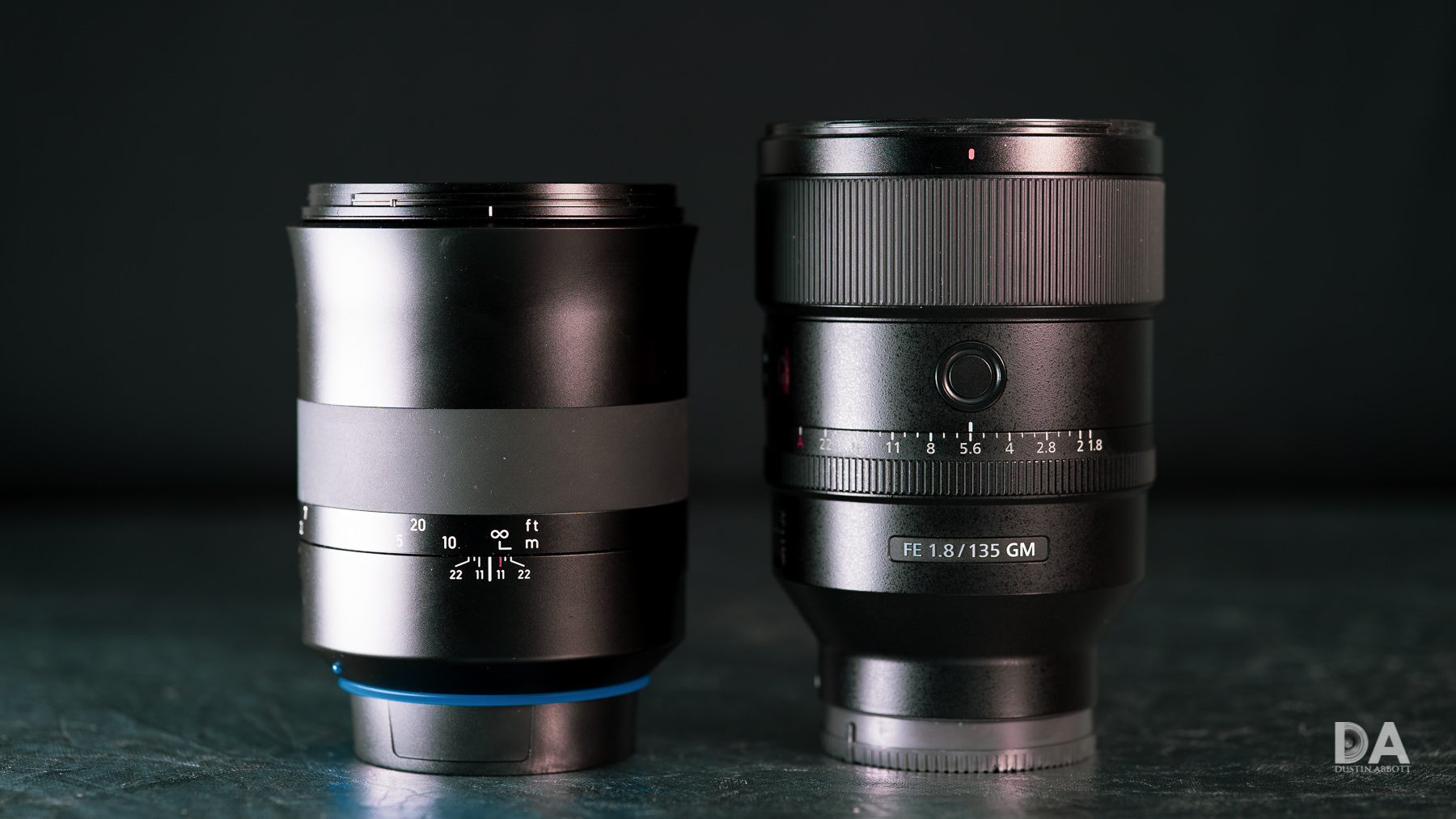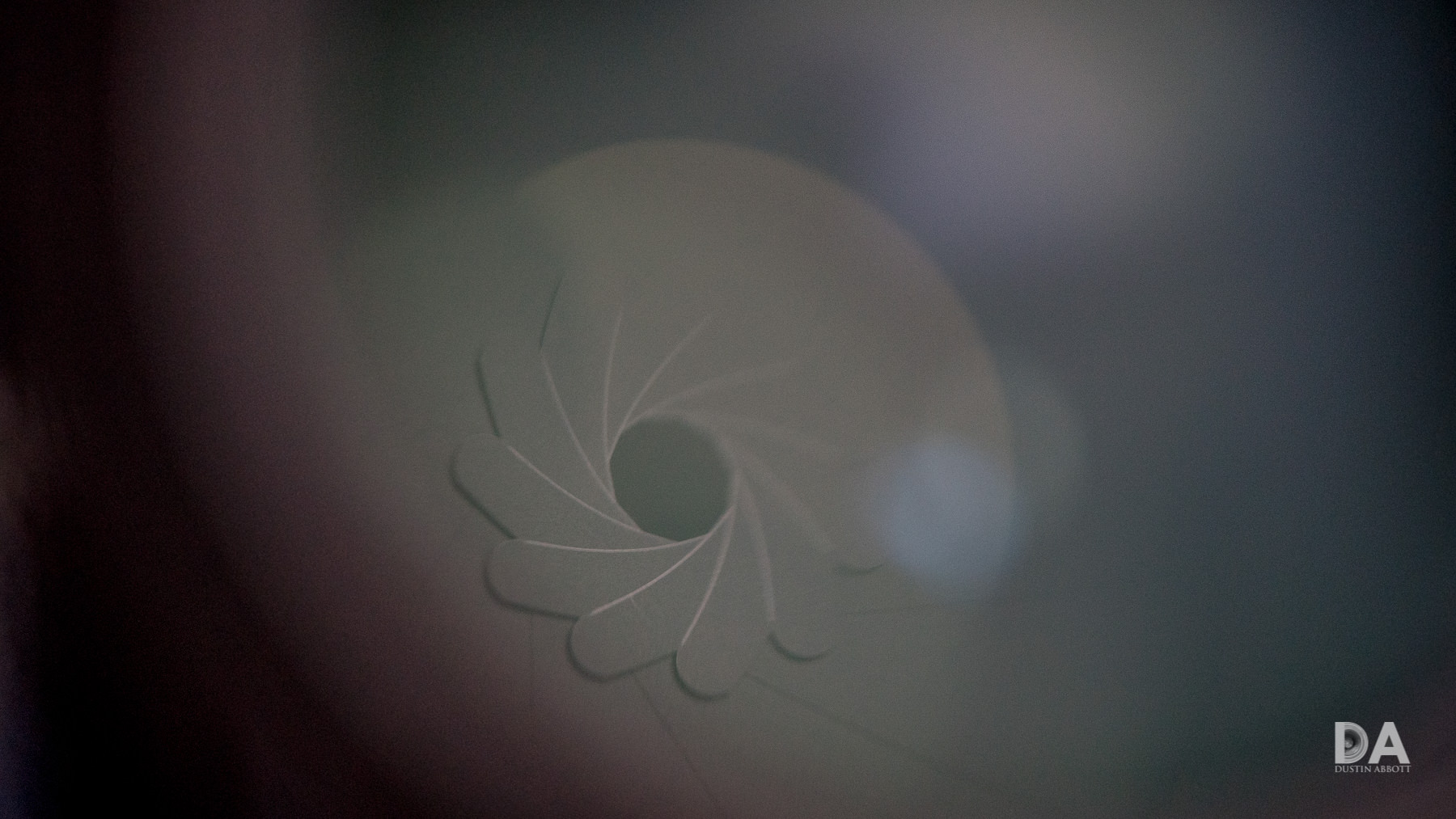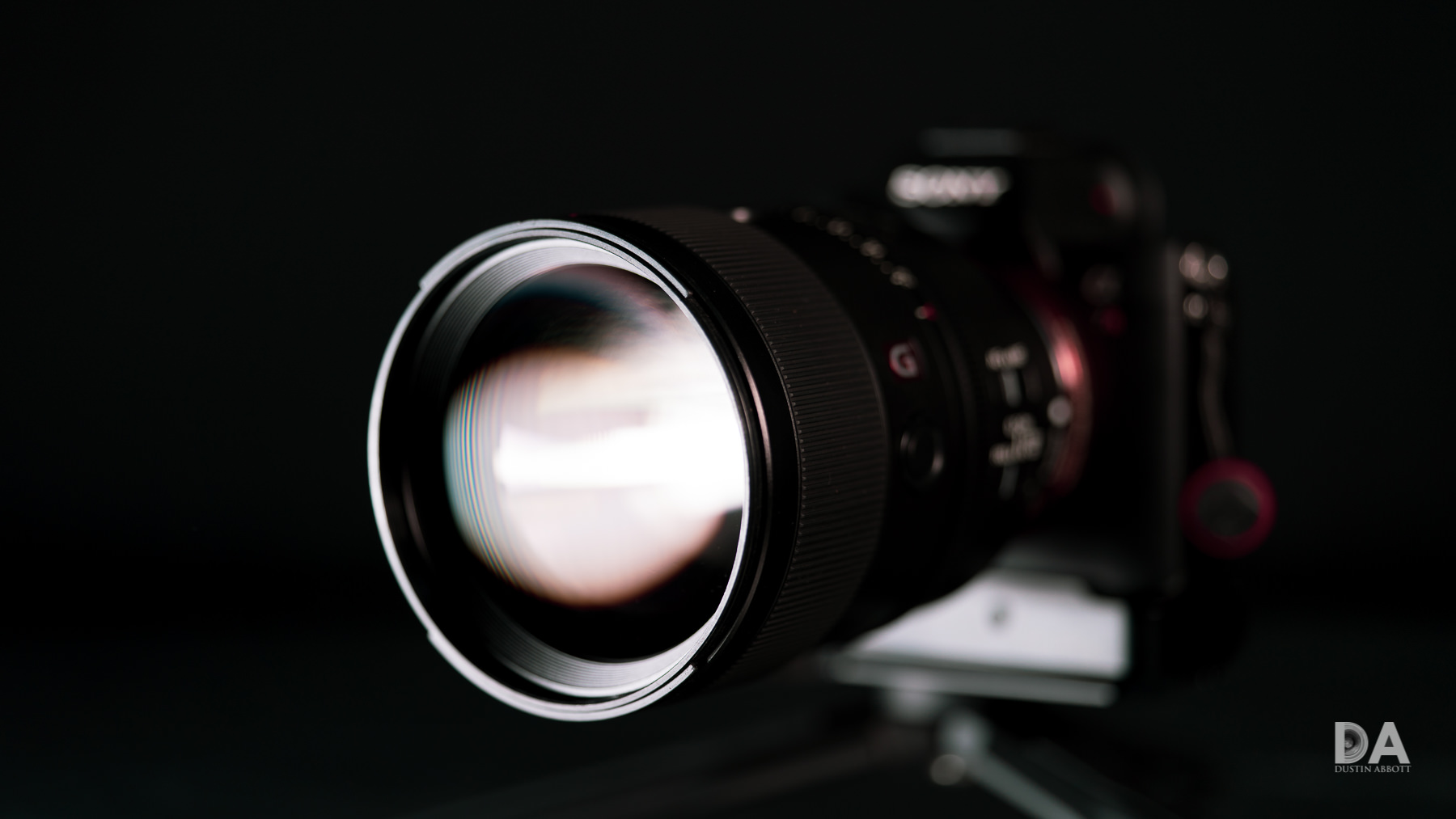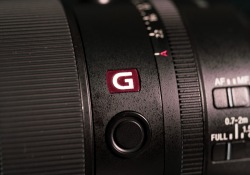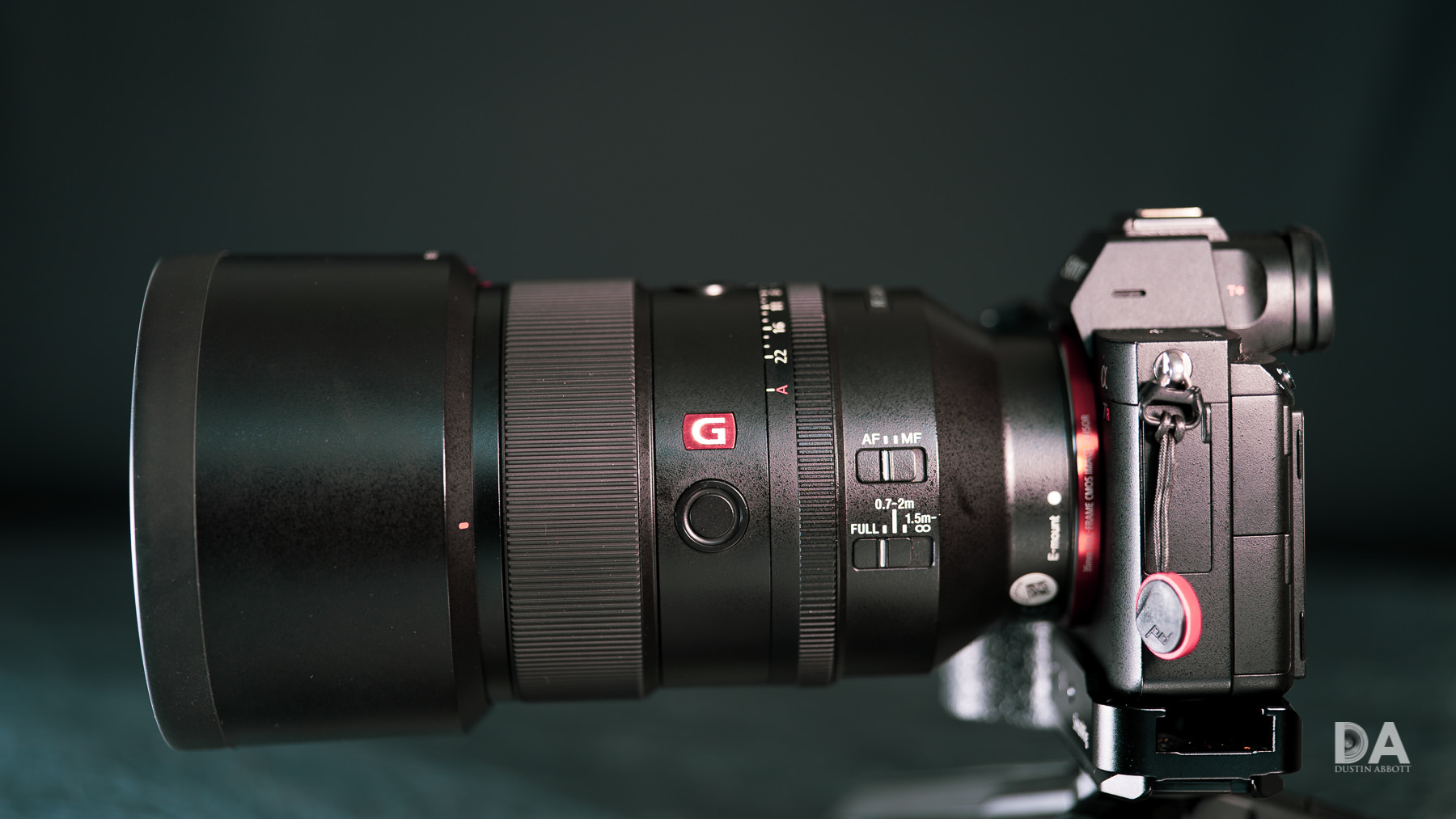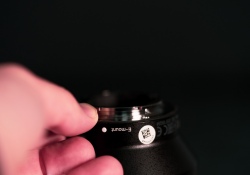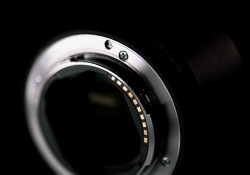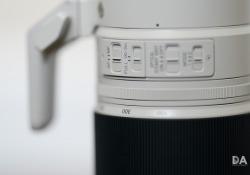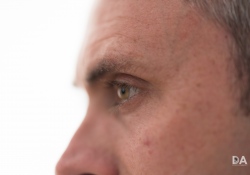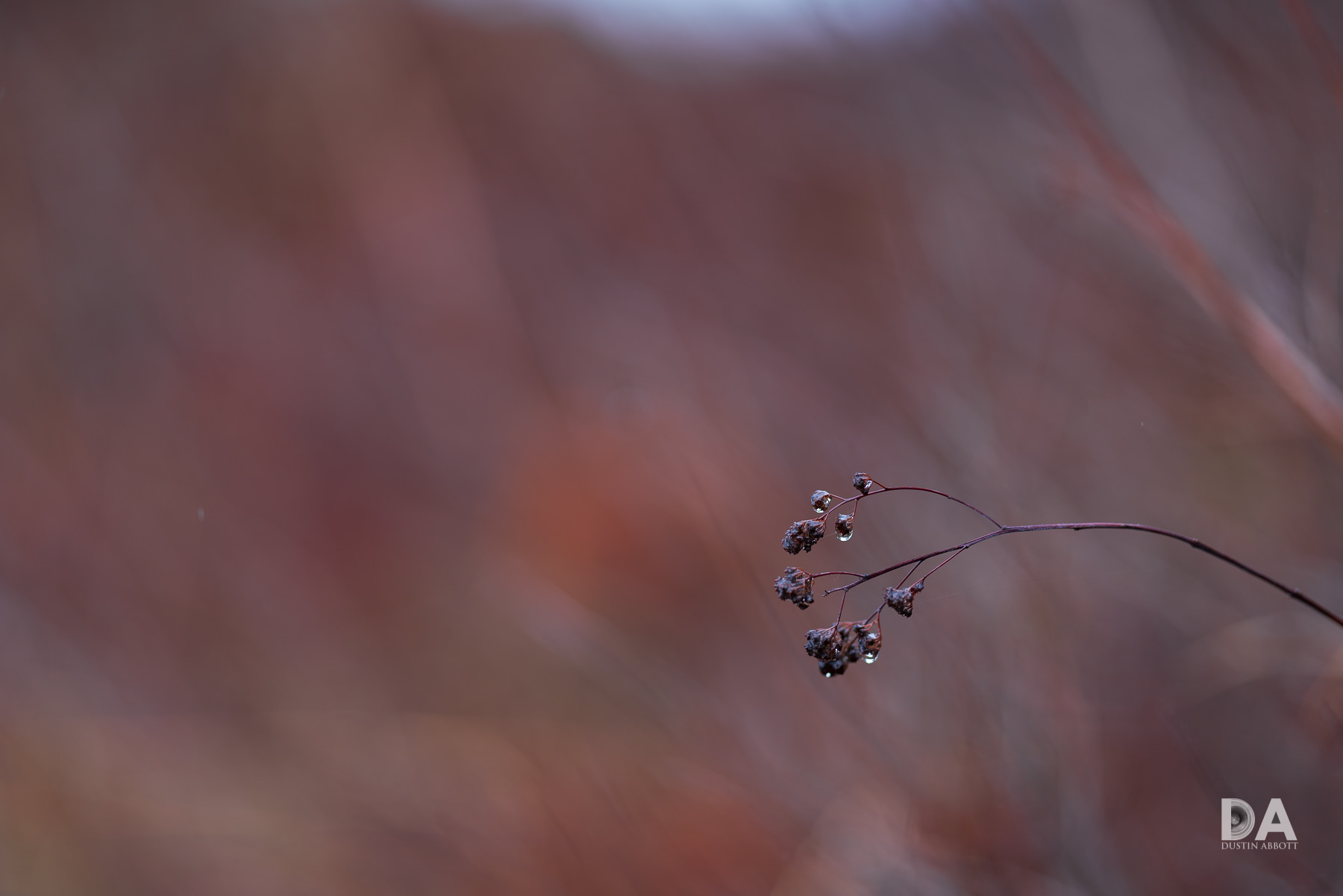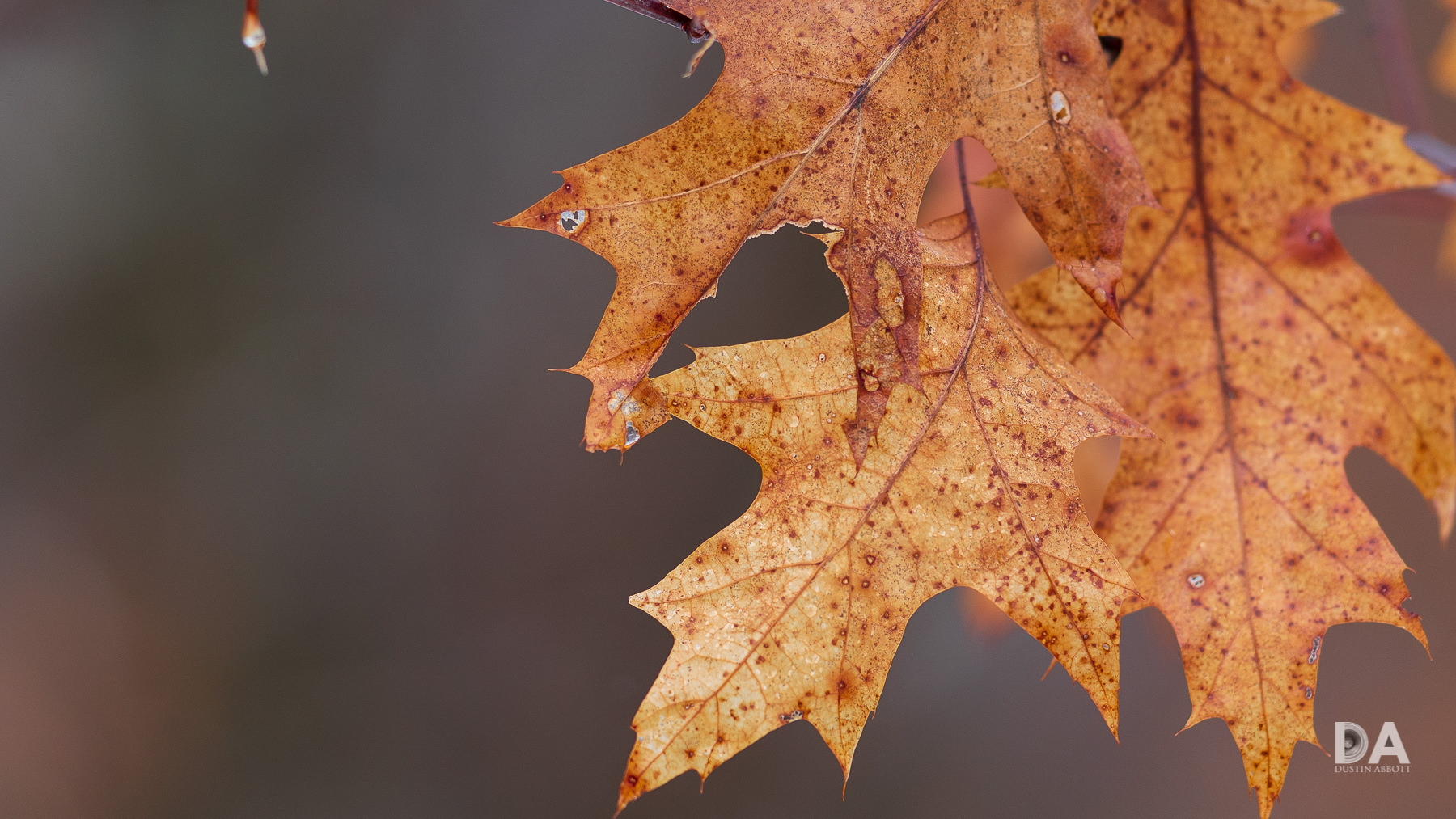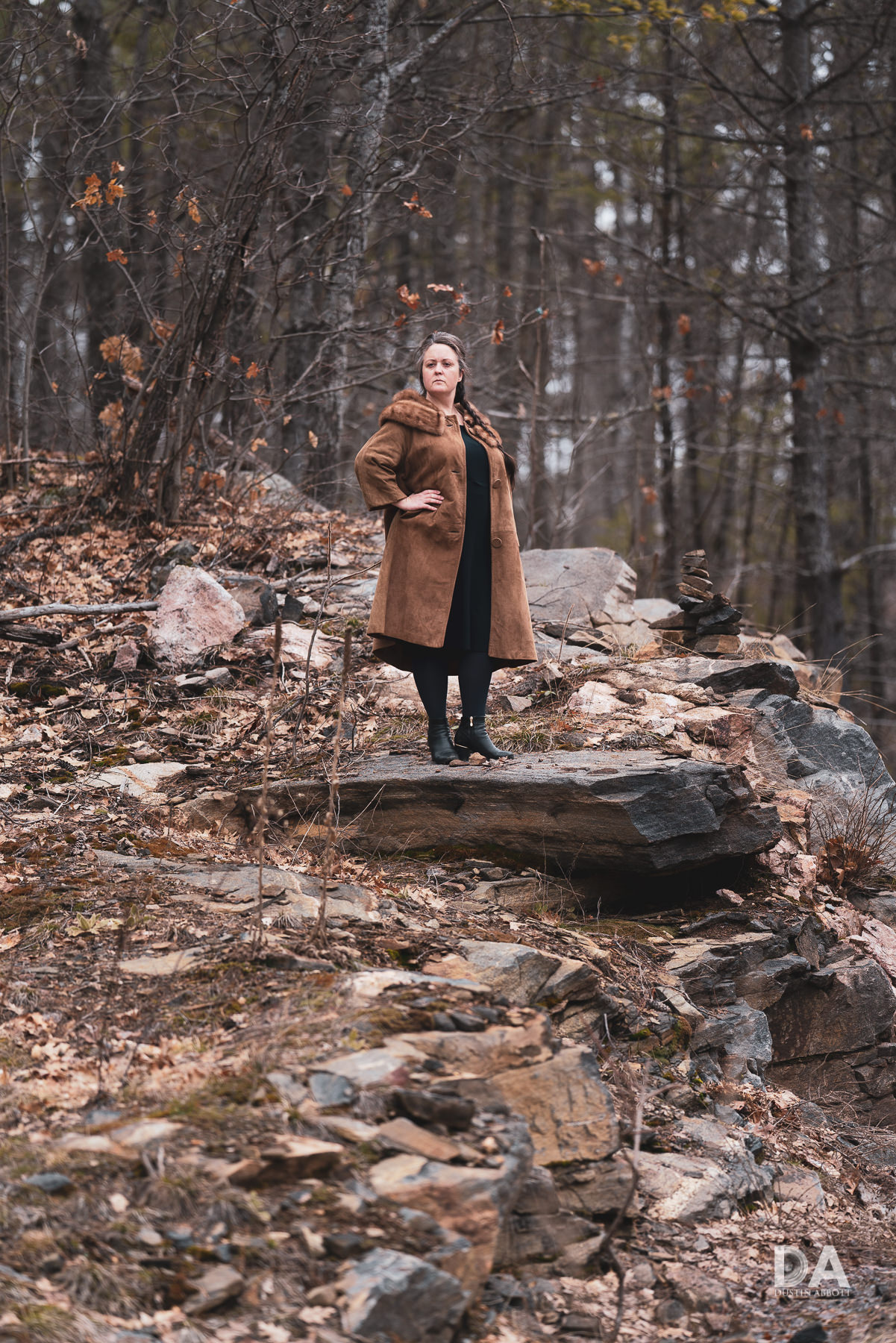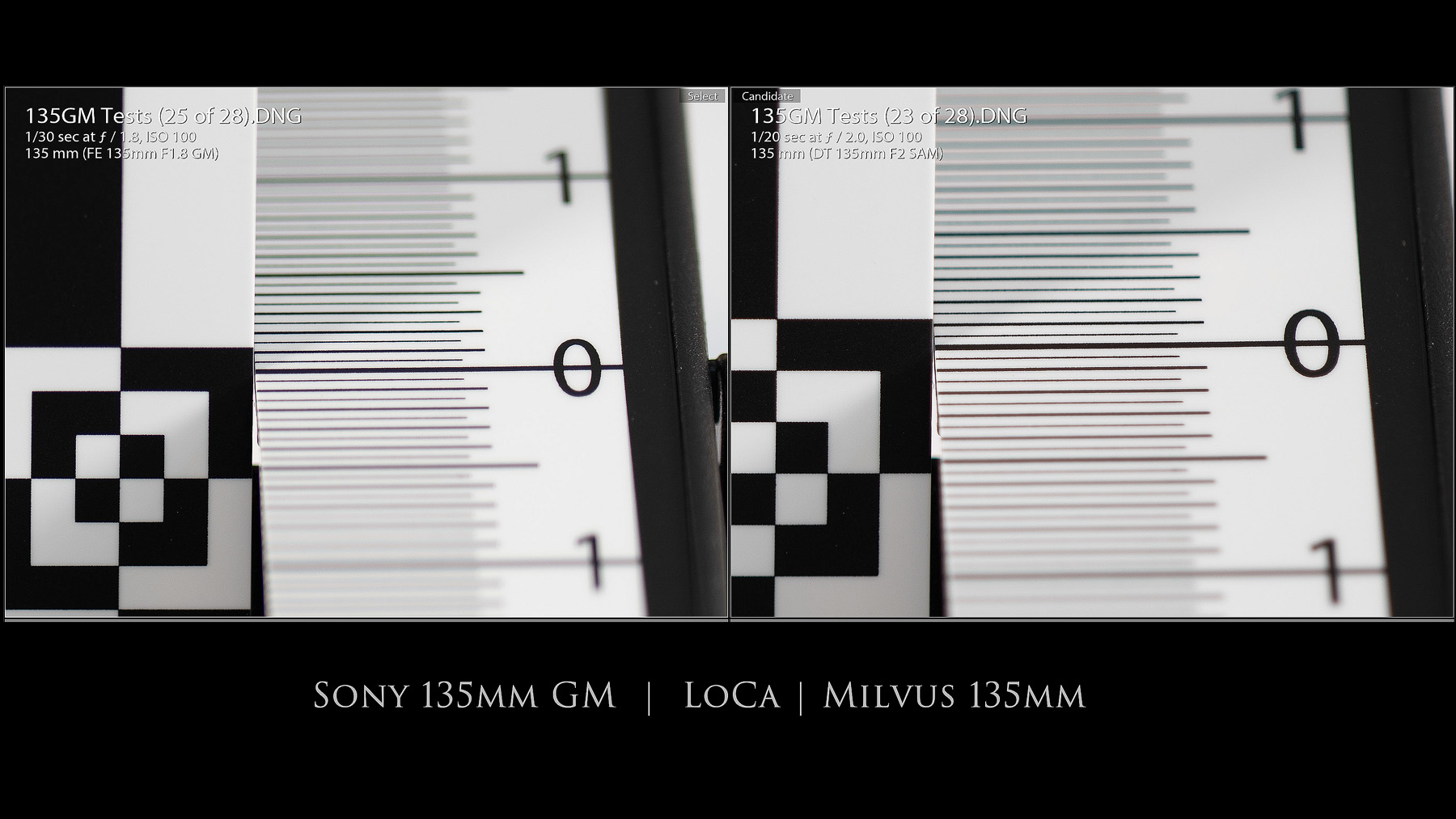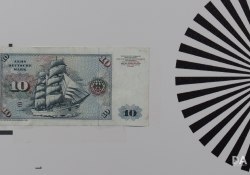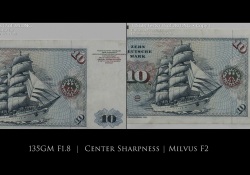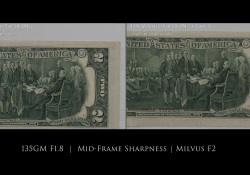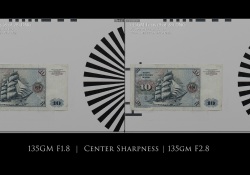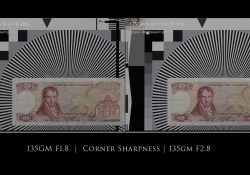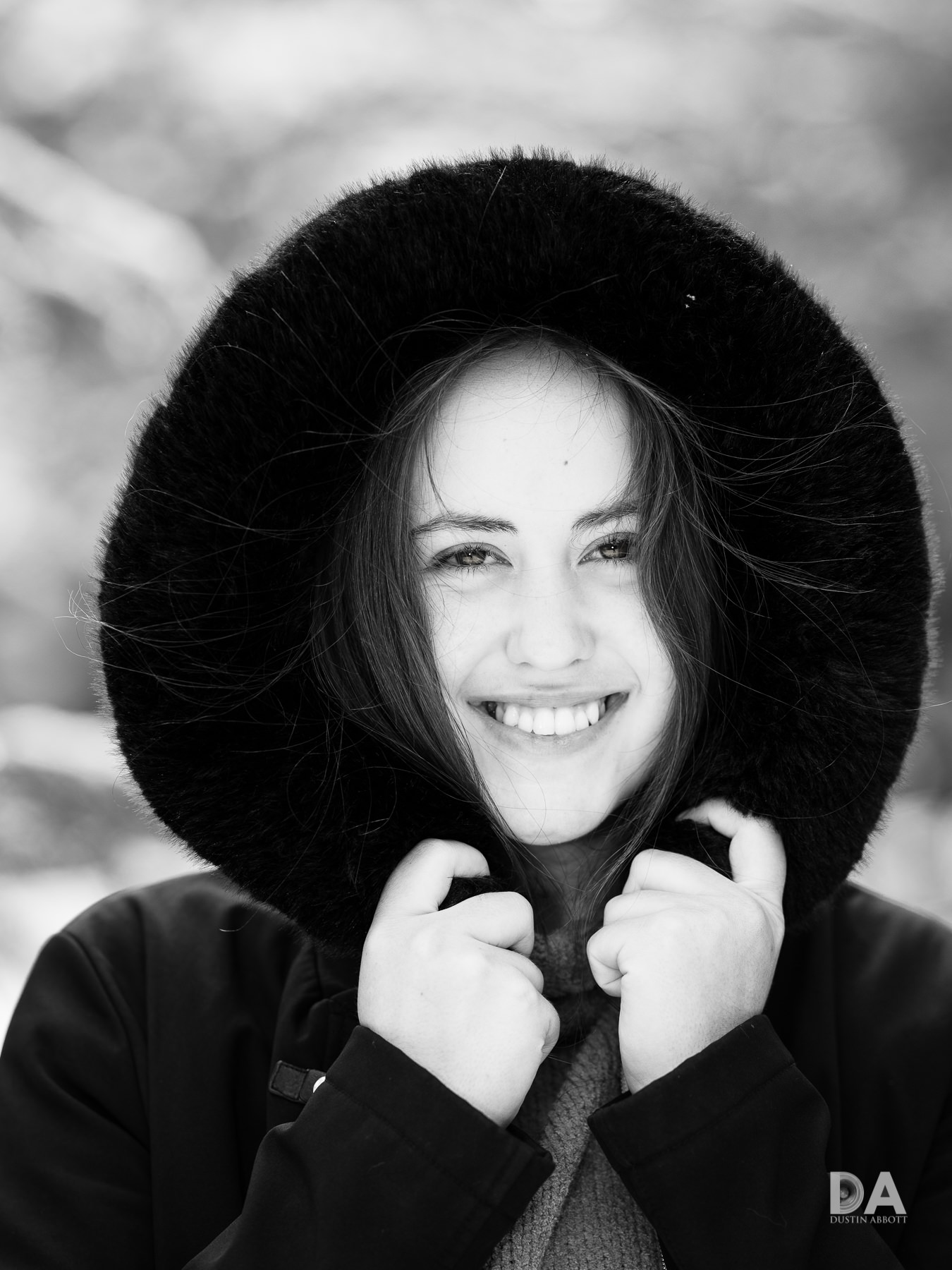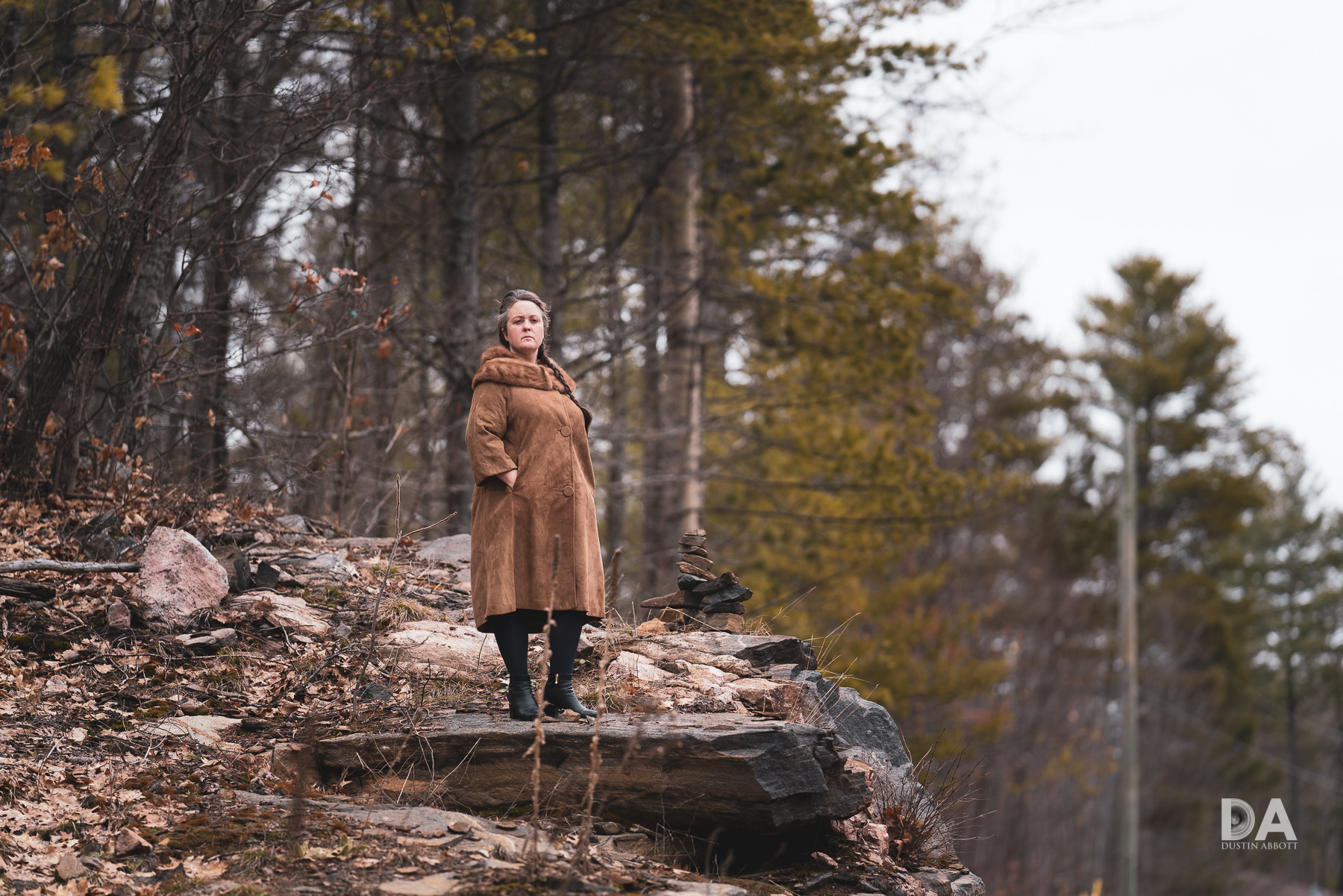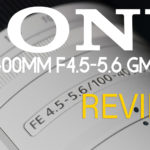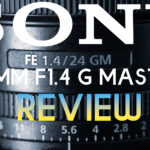The Sony FE 135mm F1.8 G Master lens is one of the best lenses I’ve used. Full stop. Stop and think about that for a moment, because after spending time with hundreds of lenses, that amazes me. It also passes the 24mm F1.4 GM as my favorite of the current crop of G Master lenses. If I could choose to own any of the (non-supertele) G Master lenses, this would be the one right now. So what makes this lens so special? I’ll elaborate more in this review, but the combination of great autofocus, amazing sharpness (even at F1.8), and lovely bokeh makes this a tremendous tool to put in the hands of a portrait photographer. Like the 24mm F1.4, this is a very livable lens. If one uses the 85mm F1.4 GM and the much cheaper FE 85mm F1.8 side by side, you would have to conclude that the 85mm F1.8 focuses better. There’s no such compromise here. The focus is fantastic, smooth, and quiet on the 135GM (as we’ll call it for short), and it locks on with amazing accuracy. Depth of field with a 135mm lens and a maximum aperture of F1.8 is tiny, but I didn’t miss a portrait shot with the lens.
You might also see that the colors are both rich and accurate. The bokeh is also very nice from the lens…
…which is going to leave me very, very little to complain about in this review. My chief complaint? Well, it is expensive. At nearly $2100 USD, it may be priced out of the market for some shooters, but this is the kind of lens that if you use it for a portrait session, you’ll immediately start doing the mental calculations on what you need to sell to afford adding this lens to your kit. That’s definitely true for me.
Let’s dive in together and explore what makes this lens so very good at both the technical and the artistic. If you prefer to watch your reviews, you can watch either my standard review or my in-depth definitive video review by clicking the appropriate thumbnail below:
I want to thank Sony Canada and Gentec for arranging this loaner for me. This review of the Sony FE 135mm F1.8 has been done on my Sony a7RIII and Sony a9 bodies…
Follow Me @ Patreon | My Newsletter | Instagram | Facebook | Twitter | Flickr | 500px
Sony 135GM Build and Handling
I wouldn’t call the GM lenses beautiful (certainly not in the way that a lens like the Zeiss Milvus lineup are), but they are tough, feature rich, and highly functional. There’s a lot going on with the lens, with three switches, two buttons, and two rings vying for space on its barrel. Some of the best looking lenses are those that are very “clean” or “spare”, but often that emphasis on form comes at a cost of functionality. Sony has chosen to make the 135GM a functional tool for professional use, so the balance tips towards functionality over form.
That’s not to say the lens is ugly (it’s not), but it strikes my eye as having a different set of priorities than some lenses I’ve tested. I would call the lens large but without being gratuitous. Out of the four autofocus lenses for Sony that I’ve compared in the chart below, it is the longest (according to the specs) and the second heaviest (with the Sigma being the heaviest). The reason why I give the caveat of “according to the specs” is that Sigma has been a little disingenuous with the Sony FE adaptions of their previous DSLR lenses (this doesn’t apply to the all-new Sony FE/Leica L designs beginning in 2019). Sony has not really released updated specs for the Sony FE versions, so the listed specs are the same as the Canon EF version. The problem is that I’ve retested about four of the FE versions of ART series lenses and both measured and weighed them myself, and in every case the FE version is about an inch/25mm longer (to house the adapter that allows the autofocus system to work properly on mirrorless) and typically about 4.5 oz/130g heavier (for the same reason). Most reviewers seem to have missed this, and just cite the listed specs. So, in reality, the 135GM is both the third largest and third heaviest of these options, and the Sigma is a full one-third heavier (probably somewhere around 1260g).
This is the most apples-to-apples comparison here, as the GM and Sigma both share the same maximum aperture while the other two 135mm options have a much smaller (1.33 stop) maximum aperture. In absolute terms, the 135GM is on the large side of medium. At 5″ (127mm) long, it is a fairly large lens, but is still within the range of fitting into camera bags standing upright. And for me, the big one is that it fits fine upright (if I remove the hood) with one of my Sony bodies attached in my favorite Cecilia Tharpe leather messenger bag. This is my most commonly used day to day bag (it’s 7 liters in volume), and I was able to cram in this combination plus the Zeiss Milvus 135mm F2 (for comparison) and the smaller Voigtländer 40mm F1.2 for a portrait session. For perspective, the Sony 24-70mm F2.8 GM is a crucial 9mm longer, and it didn’t fit properly in this same configuration. I don’t know about you, but I personally do consider my preferred means of transporting my gear when I am considering purchasing gear for my own kit, as I know from experience that if a lens is too large to work in my usual arrangements, it tends to get left home. The Sony 135GM clears this hurdle (at least for me personally) but with little room to spare!
The 135GM is also fairly heavy at nearly a kilogram, but, as noted, it is lighter than the serious competition. It’s also lighter than my Zeiss Milvus 135mm F2, which weighs in at 1123g BEFORE I attach an adapter to it (and since I am now shooting exclusively with either Canon or Sony mirrorless bodies, it always requires one adapter or another). The Milvus is shorter in length (see above), though it is not an internally focusing lens (the Sony and Sigma are), and thus its length extends a good 15mm longer than the Sony when fully extended. Even the manual focus Samyang 135mm F2 weighs in at 840g, so for that extra 110g to the GM you are getting autofocus, weather sealing, an aperture ring, switches and controls, and a much more robust build. So, like the overall size, I find the 135GM to be reasonable in weight for all that it offers. It’s not a light lens, but when you balance the performance and features to the size and weight, everything seems very reasonable. The body itself is made out of magnesium alloy (just like premium cameras), which is considered one of the toughest, most durable materials possible right now for photography equipment.
The 135GM has a higher than average aperture blade count (11), and the aperture blades are nicely curved to the point that you can see that the aperture shape (pictured above) retains a circular shape even near minimum aperture. You can see from the series below how that the circular shape helps keep bokeh highlights nice and round even when the aperture is stopped down.
Up front there is an 82mm filter thread (large but common) along with a fluorine coating on the front element to help protect against moisture and oils along with making it easier to clean.
There are three switches on the lens barrel. One is the standard AF/MF switch (always welcome for quick control), a focus limiter with three positions (full, 0.7-2M, and 1.5M to infinity), and, on the other side of the barrel, a switch that allows you to “declick” the aperture for smooth aperture control (without detents) mostly commonly used for video work. There are also two focus hold buttons (left side and top) that gives one easy access to a button whether shooting in horizontal or vertical positions. You can program a variety of different functions to that button in the camera.
This gives one a lot of professional controls on the lens itself, and I find the lens to be very user friendly in the field. I’m not used a nicer handling 135mm or one so feature rich.
You get a variety of options for controlling aperture. As noted, the aperture ring can operate with either detents (at one third stop intervals) or in a declicked fashion. You can also put the aperture ring into automatic (A) and either let the camera control aperture or manually control it from with the camera. I personally like using an aperture ring when I have one available, as I find it helps me to consciously think about what aperture I want for a particular shot and I often select that aperture on the ring in the second or two that I am bringing the camera up to shoot with. To me, it is the most organic process, though obviously your preferences may vary. We can all agree that it is nice that a lens like this gives us options!
The focus ring is wide and has a rubberized texture different by feel from the aperture ring. Sony has done an amazing job of emulating a mechanical focus ring here (this lens, like all true mirrorless lenses, is focus-by-wire). When you switch into DMF or MF mode, the focus ring has nice damping and precision, moves in a linear fashion (important for repeatability of focus pulls), and focus is aided by Sony’s focus assist which automatically magnifies the active focus area. You also get an electronic distance scale on screen (or viewfinder) and you can further augment this by having focus overlays. This is one of the better applications of focus by wire that I’ve seen, and outside of not having hard mechanical stops at minimum, this is actually a beautiful manual focus lens. It’s almost a sad irony, however, as the AF is so good that I never actually needed to manually focus other than just to test it!
The lens comes with a nice, padded nylon case and a well-executed lens hood. It has a rubberized transition at the front (allows you to stand everything upright in a stable position and protects against little bumps), a felt lining inside to prevent stray light from bouncing around, and has a locking mechanism to help keep the lens hood from being knocked crooked or loose. It reverses easily for storage without adding a lot of extra girth to the lens.
At the rear of the lens you’ll find a gasket at the lens mount (Sony ones are always very thin, for some reason!), a metal lens mount, and Sony shows 9 other internal seal points at the rings, switches, buttons, and transition points in the lens.
The 135GM can focus down to 2.3′ (70cm), which is closer than competing lenses and allows for a very useful 1:4 ratio (0.25x) of magnification.
Not only that, but the excellent image quality persists at MFD, so this is very useful addition to the functionality and versatility of the lens. You have a lot of additional creative options, and, as the final shot shows, you can frame faces very tightly for more portrait options. The depth of field on my eye is so shallow that just a few eyelashes are in focus at F1.8.
Put simply, this lens has everything that I could think of it possibly needing to have. It is very feature rich and has a very practical, usable design. So yes, my only criticism (and it is a really, really shallow one) is that I’ve seen prettier lenses! This is a tool for professionals and helps justify its premium price.
Sony 135mm F1.8 G Master Autofocus
I noted the excellent manual focus action of the 135GM along with its three position focus limiter, but the truth is that I didn’t really need either during my review period because the autofocus was just so good on the lens. Sony has utilized dual specialized, high-torque XD (extreme dynamic) linear motors whose function lives up to the hype.
Focus is silent, fast, and extremely precise. I was able to nail focus on really finite subjects at extremely shallow depth of field situations.
A maximum aperture of F1.8 at 135mm is very large, but these motors drive those large elements with excellent speed. If you go from minimum to infinity, you’ll get a split second lag, but otherwise more typical focus changes are pretty much instantaneous with basically no sound at all. This is a very different experience from the 85mm F1.4 GM. That lens has an effective focus system, but it doesn’t feel particularly smooth or refined by comparison.
One of my most impressive focus moments was on one of my hikes. I saw a distant squirrel (about 25 feet/8m away from me). In between he and I were a number of bare branches and other distractions that could distract focus. I quickly enabled Pet Eye AF and switched to APS-C mode on my a7RIII, which gives a slightly over 200mm angle of view. I shot at F1.8, and was so impressed to see perfect focus in a series of shots in what I could characterize as a difficult shooting environment. Take a look at that crop; is that not fantastic?
I also did a little portrait session with my wife. It was still uncomfortably cool outside, and any of you that are married know that isn’t the time to push your luck with your significant other! I needed to move fast and capture a number of different looks and angles within minutes; this wasn’t a time to be deliberate. It is thus a tribute to the lens that I got home with a variety of perfectly focused images at large apertures and with various angles of the eyes. At a pixel level it is clear that in every occasion the focus accuracy is excellent. I’m impressed…and delighted. This can be a challenging focal length to produce great results with, but the 135GM is pretty much guaranteed to make portrait photographers even better at their jobs.
Those of you who follow me know that I love to shoot shots like the one above, and I’ve rarely seen any lens do more with this very, very simple example of last year’s leftover sweet fern that was sticking up in a little patch where the snow had melted away. The lens just nailed focus…and those optics…
Sony 135GM Image Quality
If it feels like I’ve been uncharacteristically “gushy” to this point, then prepare yourself for more of the same.
This lens is good.
Very, very good.
The lens has an optical formula of 13 elements in 10 groups, with three of those being special elements (as you can see from the diagram above. If you can read an MTF chart, then you will also quickly note that this is one of the better MTFs that you have ever seen. Before we jump into the chart tests, however, let’s take a minute or two in the real world. Most of you who follow my work know that one of my signature shots is to isolate leaves out in the woods. This is a very practical signature for me, as somewhere in November (typically) until late April, almost all living plant life dies off where I live. Those lingering oak and beech leaves are a lifeline for me – giving me something to shoot when options are few. I’m testing the 135GM in one of the most challenging periods of the year – the ugly transition between winter and spring. The exotic winter weather elements are gone, the melting snow is grey and dirty, and the emerging ground looks like the dirt floor of a cabin from 1725. So thank God for those leaves! Here’s one of those shots, wide open, F1.8:
The end result is beautiful. Color, bokeh, and detail all abound, with very crisp delineation along the edges of the leaves. This helps them to really pop in the frame.
Likewise one can shoot a portrait from a distance (10-12 meters) at F1.8 and find beautifully crisp detail on their subject along with that wonderfully dramatic effect from this focal length and aperture combination. (This shot has had Lightroom’s “Warm Contrast” preset applied as I felt it really suited the look I was going for here).
Skin tones are also beautifully rendered, and though the amount of detail is impressive at a pixel level, skin tones look very natural (I used a custom color profile created with a Datacolor Checkr to get perfectly calibrated results).
So, put simply, the 135GM has a very unique and special combination of sharpness, contrast, color, and bokeh in real world applications. Let’s explore the technical side of things now.
While Sony does label the 135GM an apochromatic lens, it behaves similarly to Zeiss Milvus 135mm F2, which will serve as my reference point as it is the finest 135mm that I’ve used.
There might be the slightest bit more of green fringing beyond the plan of focus from the 135GM, but it is virtually undetectable in any kind of real world scenario that I’ve seen. Both deliver similiarly impressive levels of microcontrast here, with the zero being very inky dark and crisp. It is worth nothing that the two lenses framed a little differently here (the Milvus results look larger than the Sony). I noticed this at several stages while doing my tests. It got me thinking, so I checked the the specs. Sure enough. While both lenses have identical magnification levels (0.25x), the minimum focus distance for the Sony is 10mm closer (70 vs 80cm). This means one of two things (or some combination of the two): 1) the 135GM does some focus breathing (where it behaves as less than 135mm at close focus distances) or 2) the focal length of the Milvus is longer (or the Sony shorter) than 135mm. I suspect it is actually the former, and that the closer-than-typical minimum focus helps compensate for that. I also noted that when I did a portrait comparison (more in a moment) from about 15 feet the two lenses had similar levels of magnification.
Big picture takeaway? This is fairly meaningless, but I like to report the little oddities that I discover as a part of lens testing.
Next up is vignette and distortion. Distortion is very minimal, but what I detect is a very slight bit of pincushion distortion…just enough to be flattering for portraits if left uncorrected, but not enough to make much of a difference either way. Vignette manifests more as a general darkening of most of the frame, but it is very gradual and linear and not really extreme even in the extreme corners.
Here’s a visual comparison of a portrait shot (at F1.8) without correction (left) and with correction (right).
Not much difference, though I personally actually favor the uncorrected image. The vignette is natural in this scene, adds a bit of drama, and the tiny bit of pincushion distortion gives a little bit of slimming to the model. If you are shooting RAW, you make that decision at post. The instructions for the profile are automatically embedded in the RAW file, but you can choose to turn it off in your software (or camera). The choice to correct JPEGs or Video files are made in camera. It’s nice to have choices.
Here’s a look at the test chart globally.
Now let’s look up close. Here is crops from the center, mid-frame, and corner at F1.8:
Ummm, wow! The amount of sharpness, contrast, and acuity (rendering of fine details) is impressive everywhere you look. This is a stunningly good performance…and here’s the proof:
As hard as it might seem to imagine (to me, at least), the Sony 135GM is actually sharper at F1.8 than the Milvus at F2 essentially everywhere but the center of the frame…which means this lens is insanely sharp.
There’s more, though. In real world use, the Sony wins even more, as even an experienced manual focus shooter like myself can’t match the precision of a great autofocus system like that in the 135GM. When doing my portrait comparison, for example, I was of course careful to nail focus, but I wasn’t able to achieve quite as good results with the Milvus (subtle movement of the model between focus and capture, etc…).
It’s not night and day, obviously, but the 135GM result is clearly sharper…though a controlled test reveals that in the center of the frame it’s not actually sharper.
Let’s step back and take a look at a global portrait at F2.8 from both lenses.
My only real argument for the Milvus over the 135GM is that I think that when viewed globally the Zeiss color is a little bit richer and the defocused region is arguably a little more pleasing. But those differences are, of course, both subtle and subjective. For most all photographers most all of the time, they will get consistently better results with the GM lens. Still, both of these, when used right, are going to give portrait photographers unbelievably good results.
There is even more contrast and bit more sharpness to be had by stepping down to F2.8:
I probably don’t need to tell you that we are now at exceptional levels. This is one of the sharpest lenses I’ve had in my hands, bar none.
There’s a bit more contrast at F4, F5.6, and F8, though you only need to access these apertures if you want the additional depth of field. Stopping down further will produces slightly less contrast due to diffraction.
The typical tradeoff from such a sharp, high contrast performance is bokeh that isn’t as soft or creamy. I suspect that an argument could be made that the bokeh from the 85GM was a bit softer, but frankly I haven’t seen much of anything that turns me off. Here’s a quick look at fore and background bokeh:
Most of the bokeh that I’ve seen from the lens looks very pleasing to me. Here’s some samples to let you make your own assessments:
If there is any vulnerability here, it is a fairly typical weakness for large aperture telephoto primes when you face them into the sun. The performance straight into the sun isn’t too bad (some localized veiling and a bit of ghosting), though the ghosting gets a little more pronounced with the lens stopped down significantly (probably not a very typical way to actually use the lens, though!). Where it is most vulnerable is to side lighting with the sun or light source at the corner of the frame. You can see from the final image below that there is a lot of veiling and you could encounter a larger ghosting artifact depending on your composition.
That one misstep aside, however, this is one of the most exceptional lenses I’ve ever tested. It is optically brilliant.
If you would like to see more photo samples, please check out the image gallery here.
Conclusion
The Sony FE 135mm F1.8 G Master lens has really struck me as the most exceptional of the GM lenses. It has felt like there were a few tradeoffs with some of the other GM lenses. The 24-70mm F2.8 GM struck me as being unnecessarily large and wasn’t really much better optically than either the Sigma 24-70mm F2.8 or Tamron 28-75mm. The 85mm F1.4 GM does not focus as well or smoothly as the much cheaper FE 85mm F1.8. The 100-400mm GM is very good, but not better (or even as good in some places) as the cheaper 200-600mm G, and definitely not better than the Canon 100-400L II equivalent optically. So far I’ve loved the 24mm F1.4 and the 135GM, though the 135 is the one I’d spend my money on, personally. But it is a lot of money at $2100 USD.
It is also the most exceptional of any of these lenses. It has no real vulnerabilities, and unseated the best 135mm lens that I have ever used previously – the Zeiss Milvus 135mm F2. It delivers really, really stunning lenses with great presence.
But there is one issue for any 135mm lens. While a 135mm lens can deliver more dramatic, exciting images for environmental portraiture than anything save a 200mm F2 lens, it is also a somewhat restrictive focal length. It can be too long/tight for indoor portrait work, and can also be too long for shooting a wedding ceremony with (a 70-200 is more accommodating). I prefer the look of images from a 135mm lens, but reach for an 85mm lens more often because of the extra versatility. As a result, fewer people will consider this lens. For those that have the basics covered, however, and are looking for something exceptional, strongly consider the Sony FE 135mm F1.8 GM. I know I am…
Pros:
- Beautiful, feature rich build
- Magnesium alloy core and thorough weather sealing
- Ability to declick aperture
- Amazing autofocus with brilliant speed and accuracy
- Eye AF is so good that portrait work is a joy
- Record-setting sharpness and contrast
- Lovely bokeh and color
- Great handling and performance
- Truly exceptional
Cons:
- Expensive
- Somewhat flare prone in certain situations
Purchase the Sony 135mm F1.8 G Master @ B&H Photo | Amazon | Amazon Canada | Amazon UK | Ebay
Sony a9 Camera: B&H Photo | Amazon | Amazon Canada | Amazon UK | Amazon Germany | Ebay
Sony a7RIV Camera: B&H Photo | Amazon | Amazon Canada | Amazon UK | Amazon Germany | Ebay
Sony a7R III Camera: B&H Photo | Amazon | Amazon.ca | Amazon UK | Ebay
Peak Design Slide Lite: Peak Design Store | B&H Photo | Amazon | Amazon Canada | Amazon UK
Peak Design Leash Strap: Peak Design Store | B&H Photo | Amazon | Amazon Canada | Amazon UK
BenQ SW271 4K Photo Editing Monitor – B&H Photo | Amazon | Amazon.ca | Amazon UK
Adobe Photoshop Creative Cloud 1-Year Subscription
Exposure Software X5 (Use Code “dustinabbott” to get 10% anything and everything)
Purchase your gear at:
B&H Photo | Amazon | Ebay | Make a donation via Paypal
Visit Dustin’s Amazon Storefront and see his favorite gear
Purchasing your gear through B&H and these links helps fund this website and keeps the articles coming. You can also make a donation here if you would like. Visit my Amazon page for some of my gear of choice! Thank you for your support.
Great News! I can now offer a 5% discount on all purchases at Amplis Foto, Canada’s Leading Photographic Supplier. Please enter discount code: AMPLIS52018DA in your cart. It is good for everything in your cart, and is stackable with other coupons, too! It will take 5% off your entire order! Proceeds go towards keeping this site going and providing you with new reviews!
Check me out on: My Patreon | Sign Up for My Newsletter | Instagram | Facebook | Twitter | Flickr | 500px | Google+ |
Use Code “DUSTINHDR” to get $10 off ($15 CDN) any Skylum product: Luminar, Aurora, or AirMagic
Keywords: Sony 135mm, 135mm G Master, 135mm GM, 135GM, Sony 135mm F1.8 G Master, F1.8, G Master, GM, 135, 135mm, Sony, 135GM Review, 135mm G Master Review, Review, Dustin Abbott,, FE, Sony, a7R3, a7RIII, Sample Images, Video Test, YouTube, Comparison, Sharpness, Video, Zeiss, Sony a7RIII, Sony A7RIV, Sony a7R IV, Sony a9, Hands On, Video Test, Portrait, Video, Sharpness, Real World, Comparison

